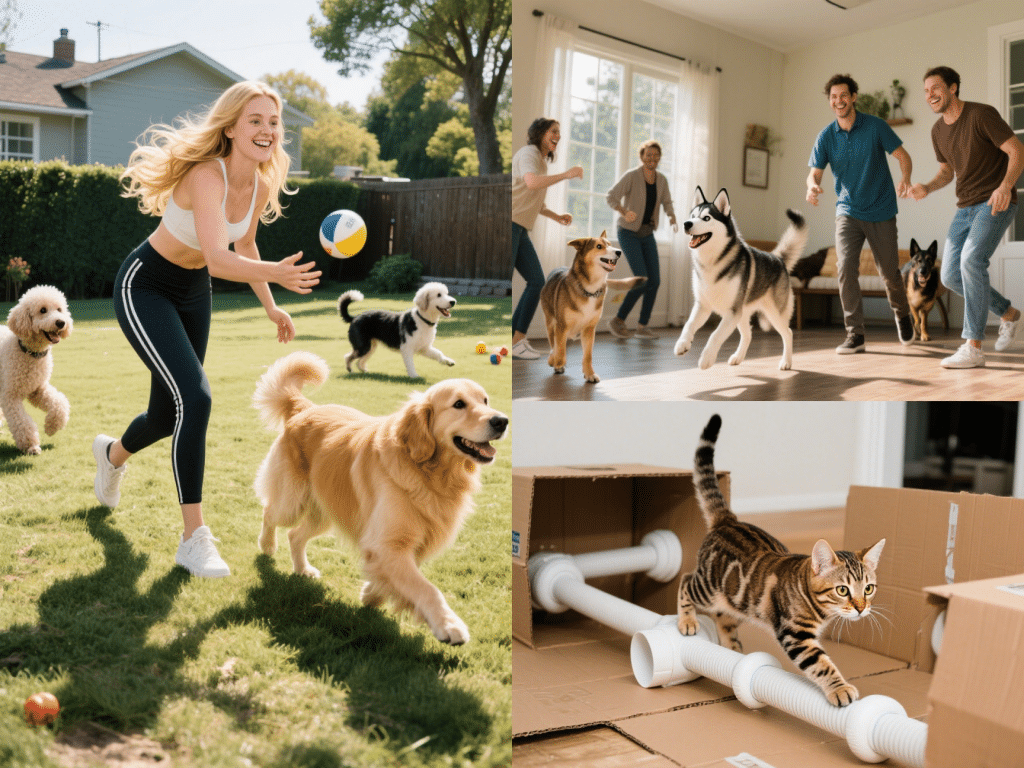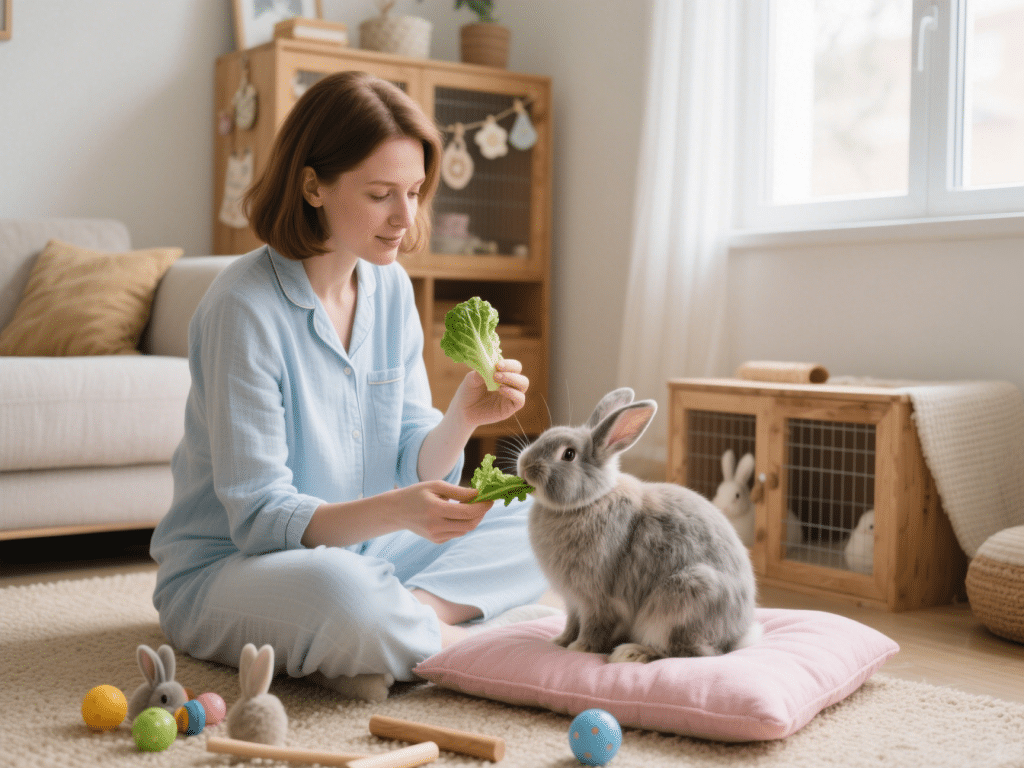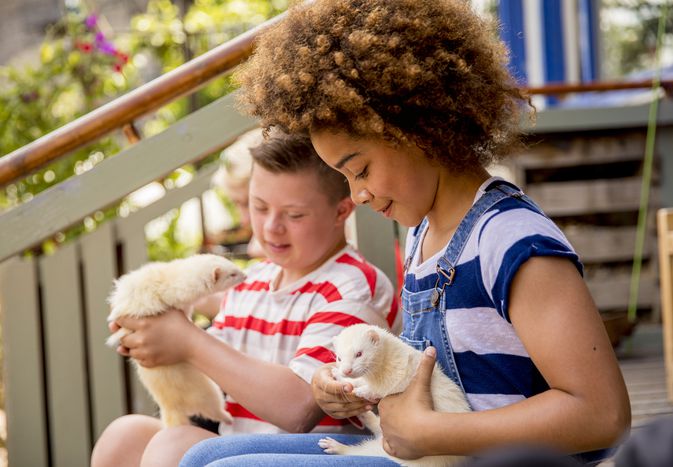Why Breed-Specific Activity Matters
Every pet has innate instincts shaped by their breed heritage. Matching activities to these natural drives prevents boredom, reduces destructive behaviors, and significantly improves physical health. A Border Collie’s needs differ vastly from a Persian cat’s - understanding this is key to genuine enrichment.
Canine Engagement Strategies
High-Energy Breeds (Retrievers, Shepherds): Incorporate job simulation. Hide treats in snuffle mats before walks to engage their scent-tracking instincts. Use flirt poles for structured chase games satisfying prey drive without reinforcing reactivity.
Brachycephalic Breeds (Pugs, Bulldogs): Opt for short, frequent water-based activities. Use a kiddie pool for splashing sessions. Practice nosework with high-value treats in easy-to-reach locations to avoid respiratory strain.
Scent Hounds (Beagles, Bassets): Create “tracking trails” using pheromone sprays or treat-dragging techniques in secure yards. Food-dispensing puzzle toys requiring pawing and nudging provide mental exhaustion.
Toy Breeds (Chihuahuas, Yorkies): Leverage vertical space with cat trees or ramps. Teach complex trick sequences using clicker training to build confidence. Short “sniffari” walks focusing on exploration over distance.
Feline Enrichment Essentials
Active Hunters (Siamese, Bengals): Implement scheduled “hunt-feed-eat” cycles using timed feeders after vigorous wand toy sessions. Build cardboard box fortresses rotated weekly to maintain novelty.
Less Active Breeds (Ragdolls, Persians): Place bird feeders outside windows at eye level. Use slow-moving laser pointers guiding them to physical toys. Introduce grooming as bonding time with massage brushes.
All Cats: Create vertical highways using wall shelves. Rotate puzzle feeders weekly (try frozen broth lick mats). Dedicate 10 minutes daily for structured play mimicking prey movements (short bursts, ending with “capture”).
Small & Exotic Pets (Rabbits, Guinea Pigs, Birds)
Foraging Systems: Hide leafy greens inside paper towel tubes stuffed with hay. Scatter pellets in digging boxes filled with shredded paper.
Environmental Manipulation: Rearrange cage accessories weekly. Provide species-specific chew toys (applewood sticks for rabbits, cuttlebones for birds).
Supervised Exploration: Use puppy pens for secure floor time. Teach birds target training for mental exercise. Build mazes from cardboard boxes.
Universal Activity Principles
Observe Preferences: Note which activities your pet initiates. Reinforce natural behaviors like digging (provide sandboxes) or perching (install shelves).
Consistency Over Duration: Two 15-minute sessions daily trump one hour-long session. Align with natural activity peaks (dawn/dusk for cats).
Safety First: Avoid retractable leashes for strong dogs. Ensure puzzle toys lack ingestible parts. Consult vets before strenuous exercise for senior pets.
Positive Reinforcement: Reward engagement, not just completion. Use praise, pets, or treats immediately during the activity.
The Long-Term Impact
Breed-appropriate engagement reduces obesity risks by up to 40% (AVMA reports) and curbs anxiety-related behaviors. Watch for “activity signatures” - relaxed posture post-play, self-initiation of games, and reduced attention-seeking - these signal your program is working. Adapt activities quarterly to maintain challenge as skills develop.










Comments on "How to Keep Your Pet Active and Engaged: Fun Activities for Every Breed" :